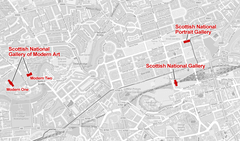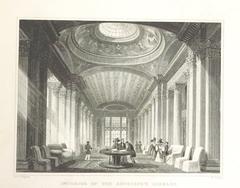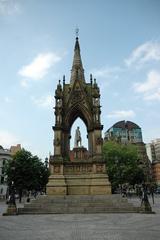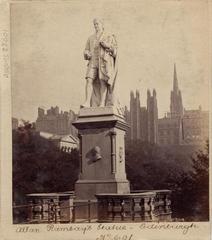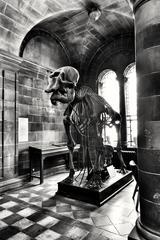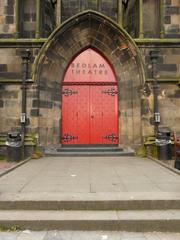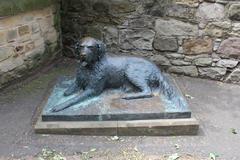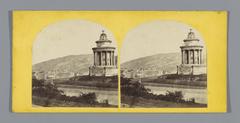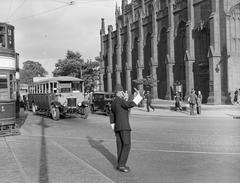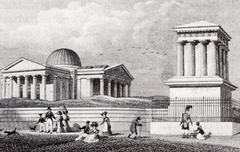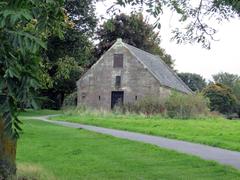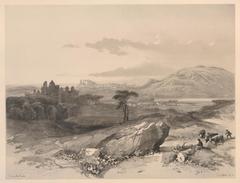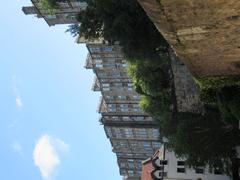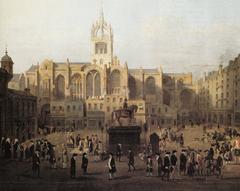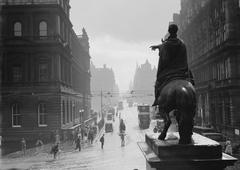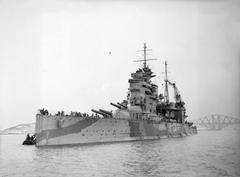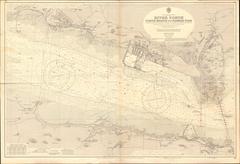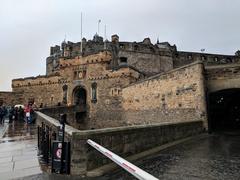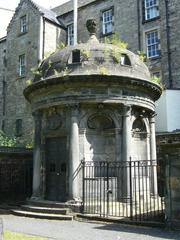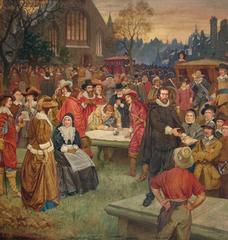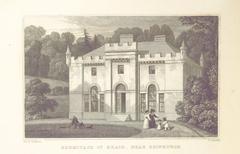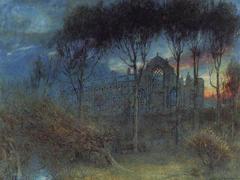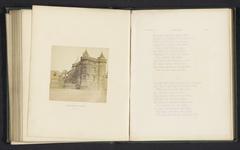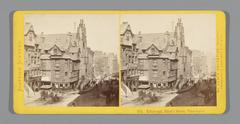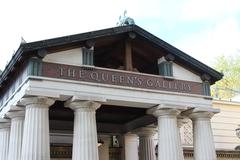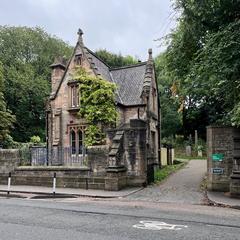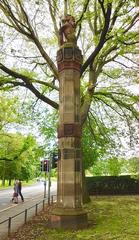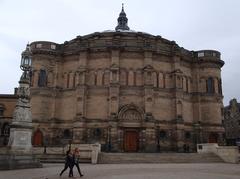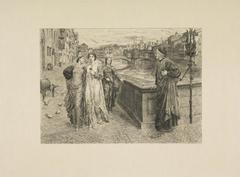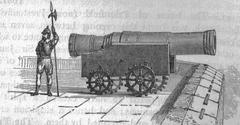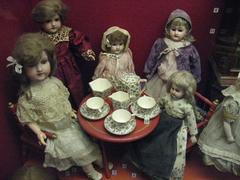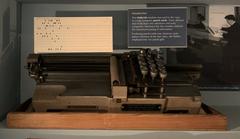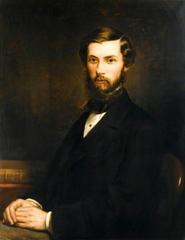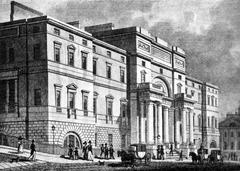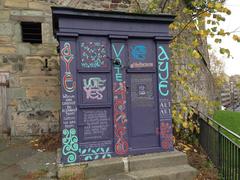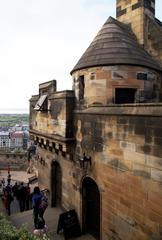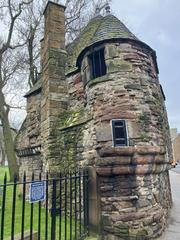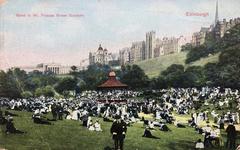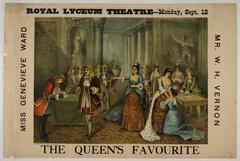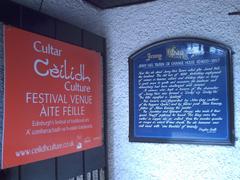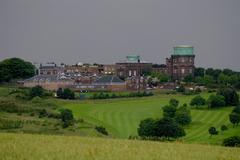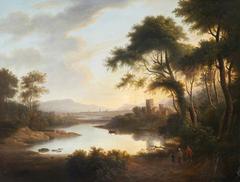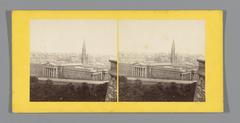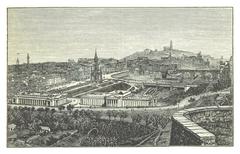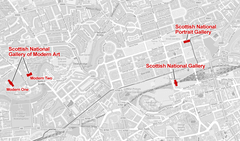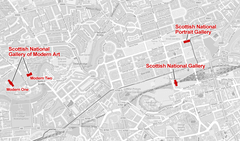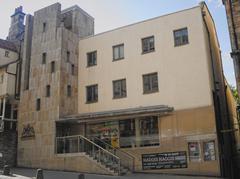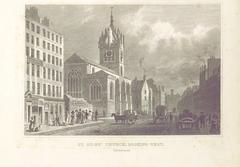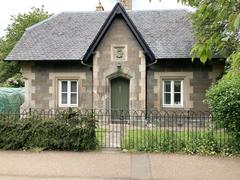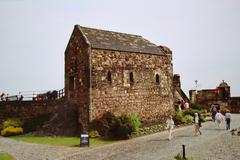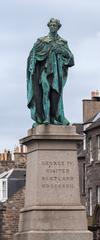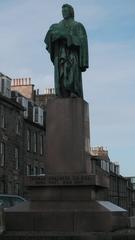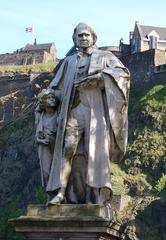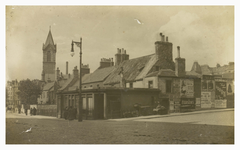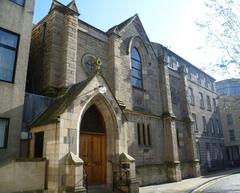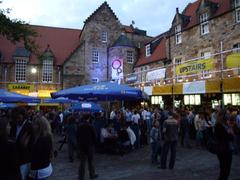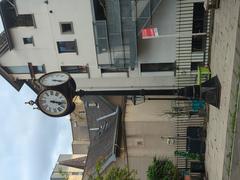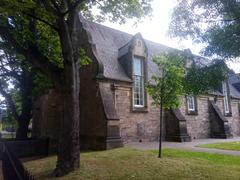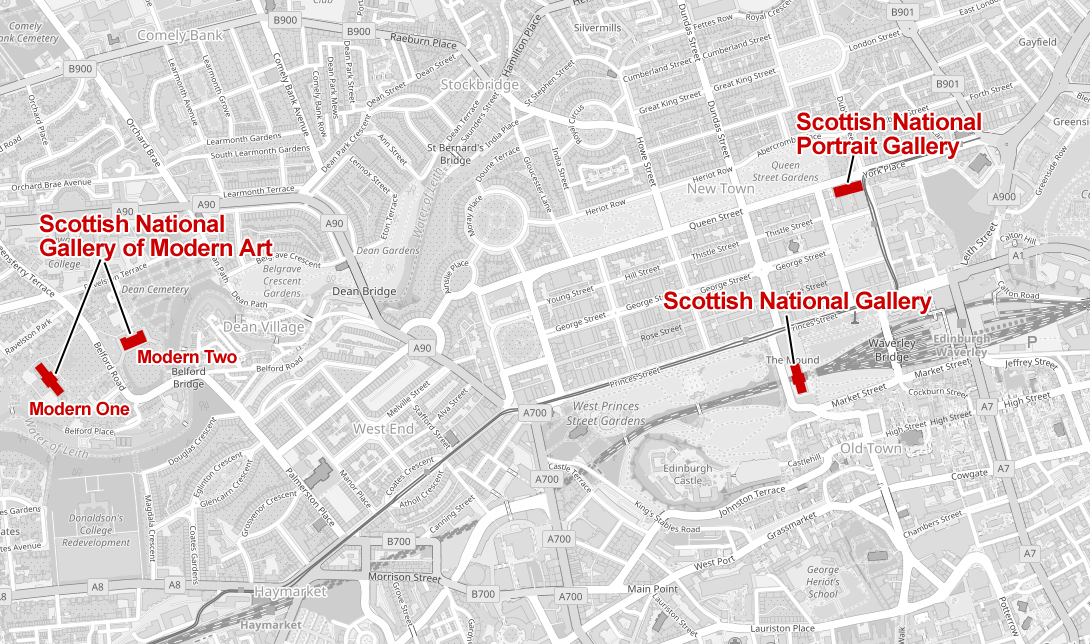
National Gallery in Edinburgh Visitor Guide
Date: 17/07/2024
Introduction
Welcome to the Scottish National Gallery, one of Edinburgh’s most iconic cultural landmarks. Situated in the heart of the city on The Mound, the gallery is not just a treasure trove of art but a testament to Scotland’s rich artistic heritage. Established in 1850 through the persistent efforts of the Royal Scottish Academy, the National Gallery has evolved from its initial home in the Royal Institution to its grand current building designed by William Henry Playfair (Exploring the National Gallery). Over the years, the gallery has expanded its collection and facilities, making it a must-visit destination for art enthusiasts and casual visitors alike. This guide offers comprehensive information on the gallery’s history, visitor tips, and nearby attractions to enhance your visit to this remarkable institution.
Table of Contents
- Introduction
- A Legacy Forged in Stone: The National Gallery’s Beginnings
- Visitor Information: Making the Most of Your Visit
- Nearby Attractions
- Frequently Asked Questions (FAQ)
- Conclusion
A Legacy Forged in Stone: The National Gallery’s Beginnings
The story of the Scottish National Gallery begins not with a single building, but with a growing desire for artistic representation in the heart of Scotland. While London boasted its own National Gallery, established in 1824, Scotland’s artistic heritage was scattered, often housed in private collections or displayed in less than ideal conditions.
The movement towards a dedicated national gallery gained momentum in the mid-19th century. A key figure in this movement was the Royal Scottish Academy (RSA), founded in 1826. The RSA, comprised of prominent Scottish artists, actively campaigned for a space to showcase both historic and contemporary art. Their efforts, combined with a growing public sentiment for a national gallery, finally saw fruition in 1850.
The Royal Institution: A Temporary Home
Rather than constructing a new building, the newly established National Gallery of Scotland found its first home within the Royal Institution building on The Mound. This neoclassical masterpiece, designed by William Playfair and completed in 1828, already housed the RSA and provided a prestigious, if temporary, location for the burgeoning national collection.
The National Gallery opened its doors to the public in 1859, showcasing a modest but significant collection. Early acquisitions included masterpieces like Titian’s “Diana and Actaeon” and significant works by Scottish artists like Sir Henry Raeburn and Sir David Wilkie.
A Building Worthy of a Nation’s Art
As the collection grew, so too did the need for a dedicated, purpose-built space. In 1876, a competition was held to design a new National Gallery building. The winning design, a grand vision in classical style, was submitted by William Henry Playfair, son of the Royal Institution’s architect.
Playfair’s design, situated on The Mound adjacent to the Royal Institution, aimed to create a building that would not only house the nation’s art but also stand as a symbol of Scotland’s cultural heritage. Construction began in 1882, and after six years of meticulous work, the new National Gallery of Scotland was officially opened on March 30, 1888.
Expansion and Evolution: Meeting the Needs of a Growing Collection
The National Gallery’s story didn’t end with the opening of Playfair’s grand building. As the collection continued to expand, encompassing a wider range of artistic movements and styles, the need for additional space became apparent.
The 20th century saw several significant developments. In 1912, the Scottish Modern Arts Association gifted a collection of Impressionist and Post-Impressionist works, laying the foundation for what would become the Scottish National Gallery of Modern Art. This collection found its permanent home in 1984 at the former John Watson’s Hospital, a magnificent building designed by William Burn.
The original National Gallery building on The Mound also underwent significant renovations and expansions throughout the 20th century. A major refurbishment project, completed in 1978, saw the creation of new gallery spaces and improved visitor facilities. Further renovations in the late 1990s and early 2000s focused on enhancing accessibility and creating a more welcoming and engaging environment for visitors.
The National Gallery Today: A Testament to Artistic Endeavor
Today, the National Gallery of Scotland stands as a testament to the enduring power of art and the vision of those who sought to create a lasting legacy for Scotland’s artistic heritage. The original building on The Mound, now known as the Scottish National Gallery, houses a world-renowned collection of European art from the Renaissance to the late 19th century.
The Scottish National Gallery of Modern Art, with its two distinct buildings – Modern One and Modern Two – showcases a diverse range of modern and contemporary art, including works by Scottish artists like Joan Eardley and Eduardo Paolozzi, as well as international figures like Pablo Picasso and Andy Warhol.
Visitor Information: Making the Most of Your Visit
National Gallery Visiting Hours and Tickets
- Opening Hours: The Scottish National Gallery is open daily from 10 AM to 5 PM, with extended hours on Thursdays until 7 PM. The Modern Art Galleries have similar hours, but it’s always best to check the official website for the most up-to-date information.
- Tickets: Admission to the Scottish National Gallery is free, although special exhibitions may require a ticket. Tickets for these exhibitions can be purchased online or at the gallery.
- Guided Tours: The gallery offers guided tours that provide deeper insights into the collections. Check the gallery’s website for tour schedules and booking information.
Travel Tips and Accessibility
- Location: The Scottish National Gallery is centrally located on The Mound, easily accessible by public transport. Edinburgh Waverley Station is just a short walk away.
- Accessibility: The gallery is committed to being accessible to all visitors. There are ramps, lifts, and accessible toilets available throughout the building. Wheelchairs can also be borrowed from the information desk.
Nearby Attractions
- Edinburgh Castle: Just a short walk from the gallery, this iconic fortress offers stunning views of the city and a deep dive into Scotland’s history.
- Princes Street Gardens: Located adjacent to the gallery, these beautifully landscaped gardens provide a perfect spot for a leisurely stroll or a picnic.
- The Royal Mile: This historic street is filled with shops, restaurants, and historical sites, making it a great destination before or after your gallery visit.
Frequently Asked Questions (FAQ)
Q: What are the National Gallery’s visiting hours?
A: The Scottish National Gallery is open daily from 10 AM to 5 PM, with extended hours on Thursdays until 7 PM.
Q: How much are tickets to the National Gallery?
A: Admission to the Scottish National Gallery is free, although special exhibitions may require a ticket. Check the gallery’s website for more details.
Q: Is the National Gallery accessible for visitors with disabilities?
A: Yes, the gallery is fully accessible with ramps, lifts, and accessible toilets. Wheelchairs are also available for loan.
Q: Are there guided tours available?
A: Yes, the gallery offers guided tours. Visit the official website for tour schedules and booking information.
Conclusion
The Scottish National Gallery stands as a monumental testament to the enduring power of art and the visionaries who sought to preserve Scotland’s artistic heritage. From its humble beginnings in the Royal Institution to its grand establishment on The Mound, the gallery has continually expanded and evolved to meet the needs of its growing collection and diverse audience. Today, it offers an enriching experience with its extensive collection of European and Scottish art, welcoming facilities, and accessibility features. Whether you’re an art aficionado or a casual visitor, the gallery provides a unique opportunity to immerse yourself in centuries of artistic endeavor. Plan your visit today to explore the masterpieces that await you within its historic walls (Ultimate Guide).
References
- Exploring the National Gallery - History, Significance, and Visitor Tips, 2024, National Galleries of Scotland (https://www.nationalgalleries.org/)
- Visiting the Scottish National Gallery - Hours, Tickets, and Tips, 2024, National Galleries of Scotland (https://www.nationalgalleries.org/)
- Ultimate Guide to Visiting the Scottish National Gallery - Hours, Tickets, and Highlights, 2024, National Galleries of Scotland (https://www.nationalgalleries.org/)
